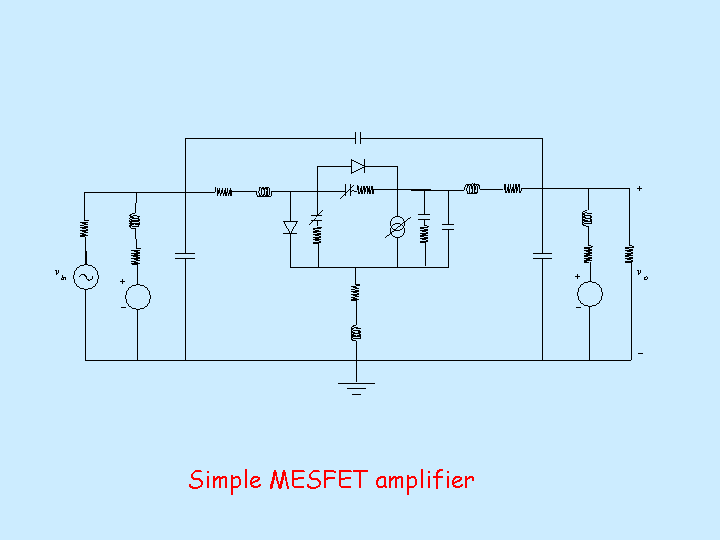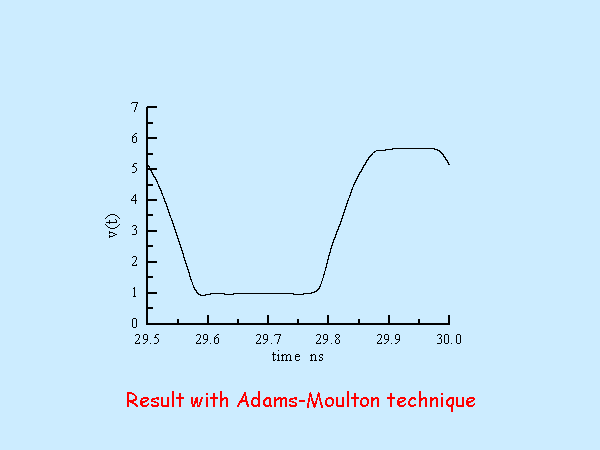
In the majority of cases, the non-linear simulation of high-frequency systems requires at some point that a numerical solution be found for a system of perhaps highly non-linear differential equations. Usually these equations arise from non-linear equivalent-circuit models for microwave active devices. The central core of any direct time-domain transient circuit simulator, such as SPICE, is therefore a numerical integration algorithm. Of course direct time-domain simulators of this kind have difficulties accommodating general linear frequency-domain behaviour at high frequencies, but even in popular alternative simulation strategies such as Harmonic Balance, a time-domain differential equation solution continues to play a key role. The nature of the device equivalent-circuit models used is such that ‘stiff’ differential equations are often found, with very short time-constants arising from internal charge dynamics and efforts to describe non-quasistatic behaviour. However, it may be desired to perform an RF simulation of a circuit using digital modulation formats with long bit sequences, resulting in an extended solution period and excessively slow computation. Most existing circuit simulators use implicit numerical integration techniques with adaptive time stepping. These methods have good stability and accuracy control properties, but require the solution of non-linear algebraic equations at each time-step which can be computationally expensive.
Alternatively, predictor-corrector methods can be used. In the traditional predictor corrector, an explicit method uses polynomial extrapolation to provide an estimate of the solution at the next time step. The estimate is subsequently corrected using one iteration of an implicit formula. In relation to stiff problems, the maximum allowable time-step that can be used with the traditional predictor-corrector techniques such as the Adams-Moulton technique may be unacceptably small. We have developed algorithms which are based on a different form of predictor-corrector.
The new corrector stage in this work involves adjusting the output of the predictor stage to increase the accuracy of the local Padé approximation without requiring a higher-order derivative. While the advantages of the proposed method for explicit simulation are illustrated here, the same predictor technique could be used to improve the performance of any one of the standard implicit circuit simulation techniques.
The simple single-ended MESFET amplifier shown below is taken as a suitable test circuit for the technique. The amplifier is described by ten non-linear differential equations which are stiff in nature.

The figure below shows a short segment of the output voltage vo(t) obtained with the Adams-Moulton predictor-corrector method. A time-step of ~0.12ps was required to solve the given system of equations with this technique.

The figure below shows the corresponding result obtained with the new predictor-corrector method. The new technique permits the use of a step-size seven times larger, ie ~0.85ps, for a comparable level of accuracy. This constitutes a remarkable saving in computing time.
